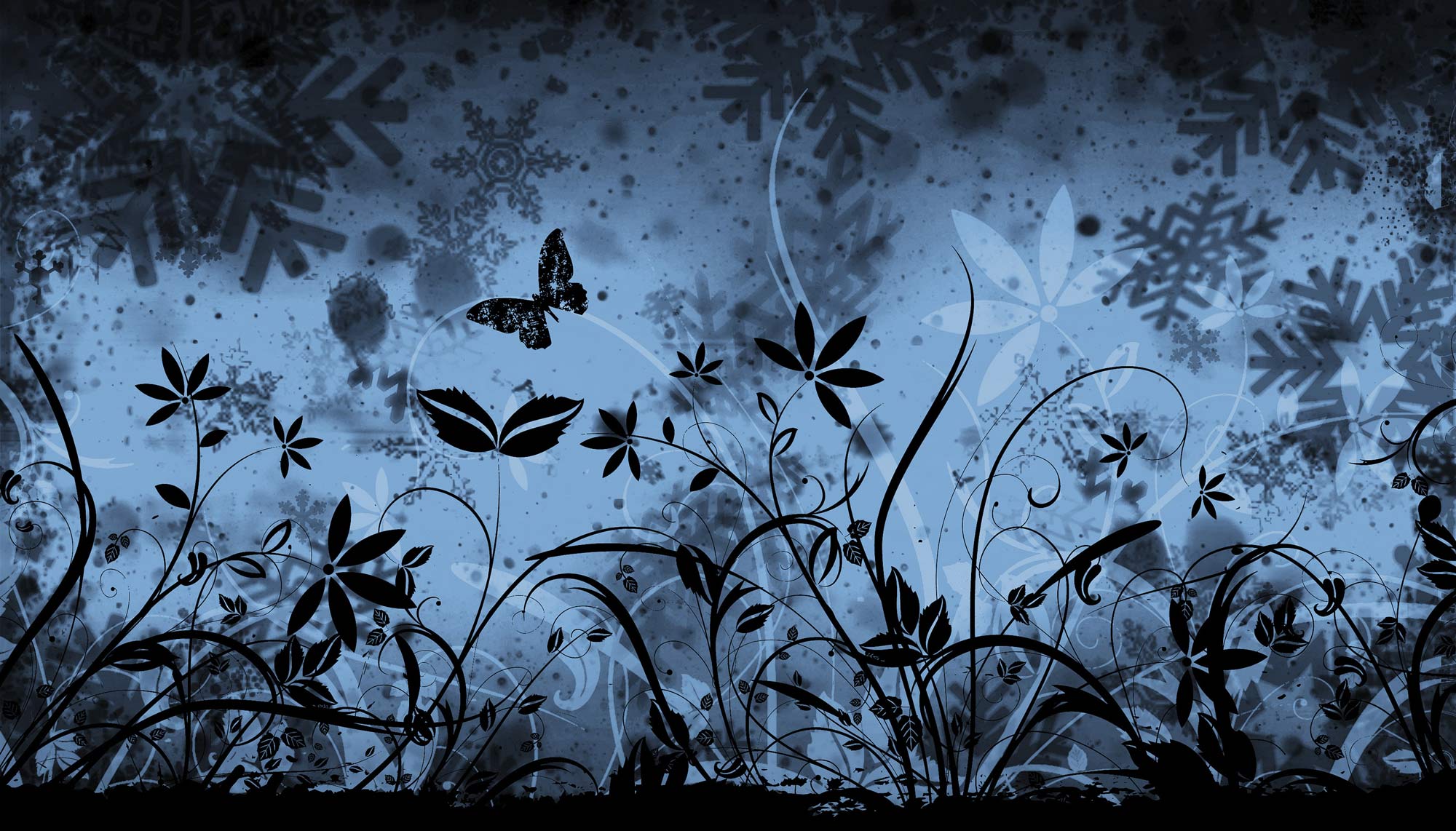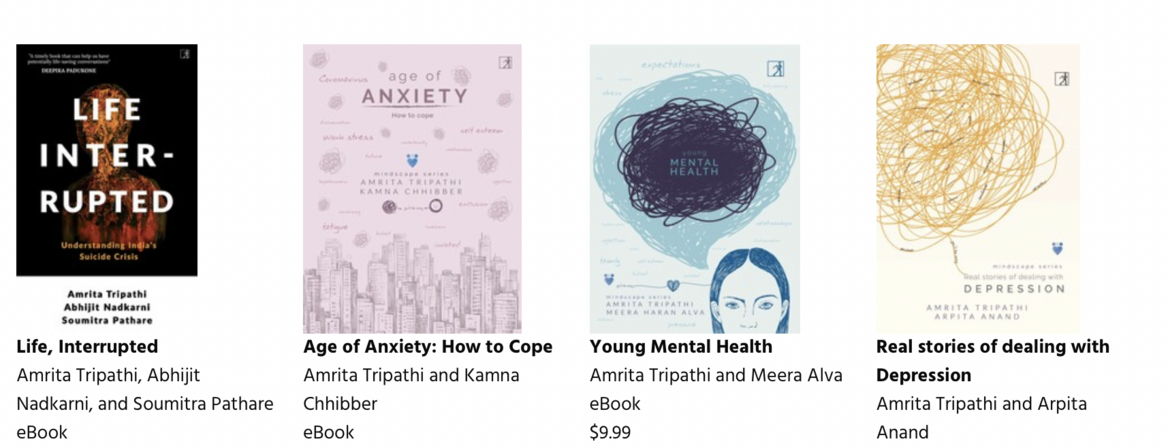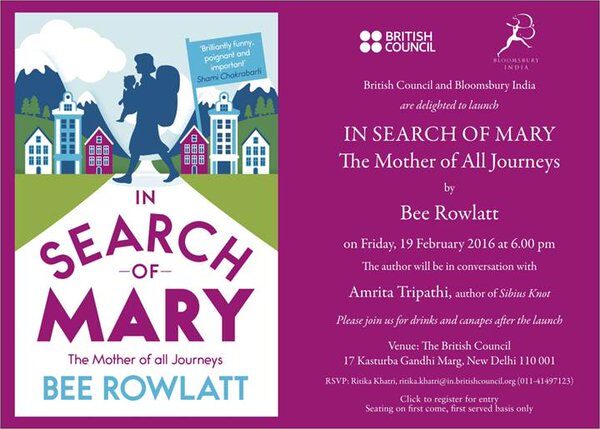Will see some of you at The Coalition Festival in Delhi over the weekend.
There's so much going on in general and so much that bears questioning about the way the media operates, I think we're set for a fabulous discussion, featuring some of our leading editors:
From:
http://thecoalition.in/#schedule

Post your comments here, if you have any q's you'd like raised... or via twitter!
A bientot!






